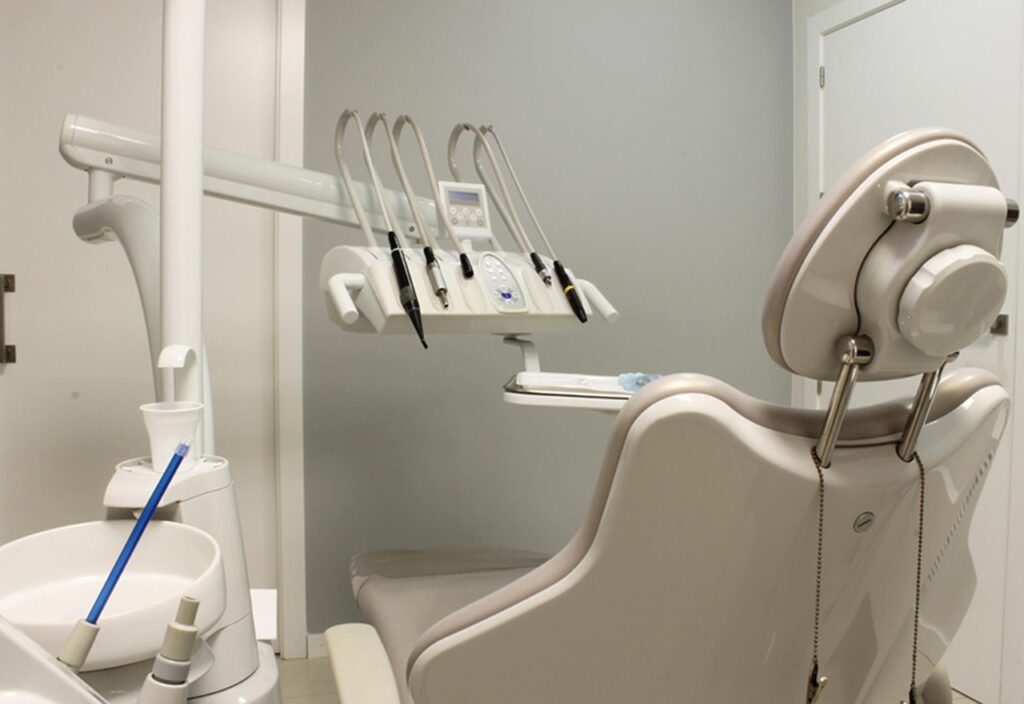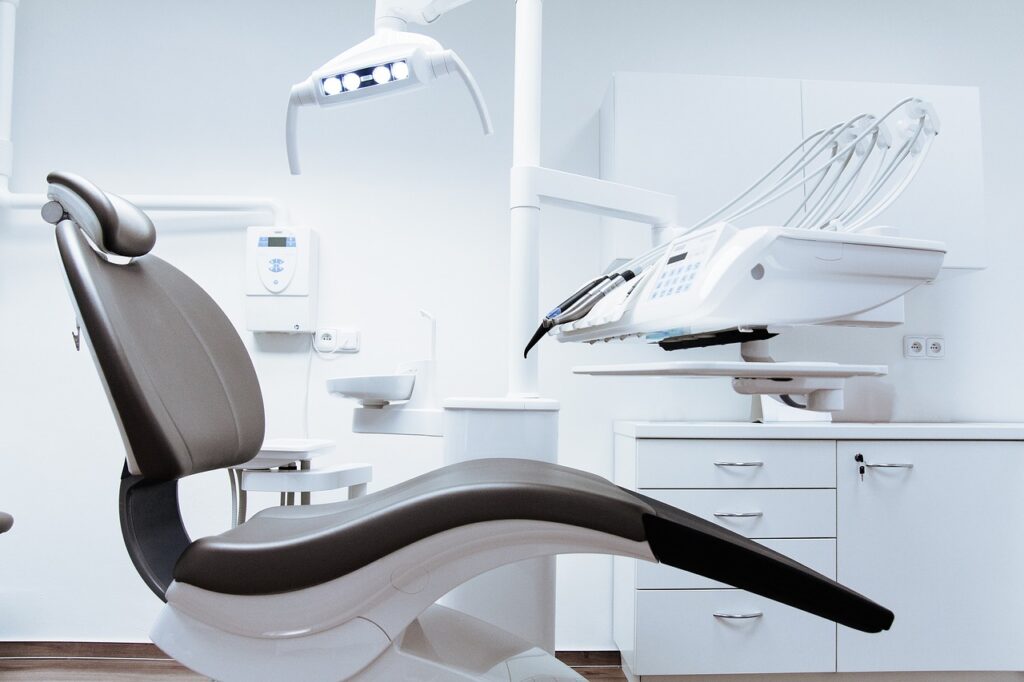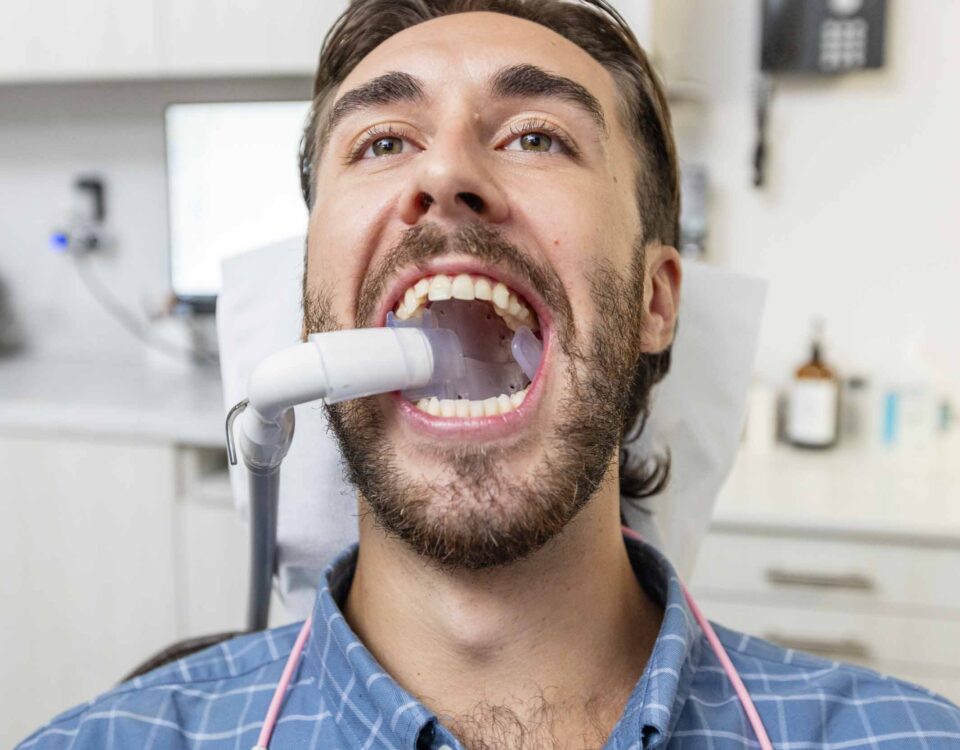Why Georgia’s Waterline Rule Signals a National Shift in Dental Infection Control

Why Biofilm in Dental Unit Waterlines Is a Bigger Problem Than You Think
May 13, 2025
Why Dental Waterline Safety Matters: Guidelines, Testing, and What Every Dental Assistant Needs to Know
May 28, 2025Why Georgia’s Waterline Rule Signals a National Shift in Dental Infection Control
Summary: Georgia’s new dental waterline regulation signals a growing national shift in infection control. As more states adopt similar rules, proactive testing and treatment protocols are becoming the new standard. Dental practices nationwide should prepare now—because compliance won’t stay optional for long.
The Georgia Dental Association’s recently adopted Dental Unit Water Quality Rule marks a pivotal moment in public health within the dental field. Georgia’s new regulation is one of the first to translate CDC guidance on dental water safety into enforceable law—marking a shift from voluntary best practices to mandatory compliance across the country. A broader trend is emerging—one that places microbial contamination and dental water safety squarely at the center of national attention.
Dental professionals across the country should take note: the regulatory landscape is changing, and the time to get ahead is now.

What’s Behind the Rise in Waterline Regulation?
Dental procedures often use water delivered directly to the patient’s mouth through dental unit waterlines (DUWLs). Over time, these lines can become breeding grounds for microbial biofilm, which can harbor harmful bacteria—including Mycobacterium abscessus complex (MABC). This has led to serious infections in both children and adults, prompting a call to action.
In response to these infection outbreaks and increased awareness, state dental boards are tightening their policies to ensure water used in procedures meets or exceeds EPA drinking water standards of ≤ 500 CFU/mL.
Why Georgia’s Action Matters (Even If You Don’t Practice in Georgia)
The Georgia Board of Dentistry adopted a rule to require quarterly dental unit waterline (DUWL) testing, immediate remediation for failures, and five‑year record retention. The rule goes into effect July 20, 2025.
Georgia isn’t alone:
- Washington adopted a similar quarterly‑testing rule in 2021
- California is reviewing proposals to add explicit testing language to its infection‑control regulation.
- Maryland’s HB 499 (effective in October, 2024) directs practices to monitor water quality as part of infection‑control duties.
And this is only the beginning.When outbreaks hit the headlines, legislators look for enforceable standards. Whether or not your state has a testing rule today, every practice is already expected to deliver ≤ 500 CFU/mL water under CDC guidance and EPA drinking‑water standards.
The bottom line: regulations may differ, but the microbial benchmark is the same everywhere.

Why Nationwide Regulations May Be Next
A few states may not sound like a movement—but in public health, it’s the tipping point. The CDC and ADA have long issued guidance on DUWL safety, but until recently, it was largely voluntary. Now, we’re seeing states begin to codify these guidelines into law.
The drivers for this trend include:
- Patient advocacy and legal pressure
- CDC guidelines becoming a reference for enforceable law
- Increased CE requirements focused on infection control
In short, if your state hasn’t yet proposed a waterline rule, it likely will. Check our map to see the regulations in your area.
Preparing Your Practice for Future Regulations
Why Treatment Alone Isn’t Enough
Installing a straw‑style antimicrobial cartridge or continuous‑dose straw is essential, but it is not self‑proving. Biofilm thrives in dead legs, handpiece hoses, and valves the straw never touches. Regular testing answers two questions no product label can:
- Is our treatment protocol actually working right now?
- If it isn’t, how fast can we correct course before patients are at risk?
That’s why state boards push documented monitoring.
The “Test–Shock–Maintain” Cycle That Helps Offices Pass More Tests
The Sterisil SAFEWATER Solution makes compliance simple with a proven “Test–Shock–Maintain” cycle designed to help practices consistently meet water quality standards.
|
Step |
Frequency |
Tool |
Purpose |
|
Test - baseline |
Monthly |
Detect early spikes before they reach 500 CFU/mL |
|
|
Test - compliance |
Quarterly |
EPA‑approved method + 24‑hour* early‑fail notice |
|
|
Shock |
Immediately after each test |
Removes biofilm from waterlines; avoid “cheat‑shocking” before tests |
|
|
Maintain |
Yearly |
Delivers powerful treatment through Silver-Ion technology with simplicity and consistency |
* Early notification within 24 hours of receipt of sample. Not all test failures can be identified within 24 hours. Final test results are available in 5-7 days on the My Solutions Center portal.
Why shock after testing?
Shocking first can hide a chronic problem long enough to get a false pass on the lab test—but the biofilm comes right back. Shocking after every test lets you know what your waterlines are really facing. After all, the goal is to remove the biofilm from your lines and keep your patients safe.
Turn Compliance Into Patient Trust
News stories about Mycobacterium infections have made patients wary. Posting your water quality certificate in‑office or on your website turns a regulatory chore into a trust signal:
- “We test every month and every quarter.”
- “Here’s our last three passing reports.”
Transparency converts a hidden protocol into visible patient care.
Key Takeaways
- New rules in Georgia (and previously in a few other states) show lawmakers are moving from guidance to mandates.
- Every state already expects ≤ 500 CFU/mL water—rules just clarify how to prove it.
- A proactive test‑shock‑maintain protocol helps offices pass more tests and reduces emergency downtime.
- Sterisil’s SAFEWATER Solution bundles the tests, shock treatment, and cloud record‑keeping you’ll need when—not if—regulators come knocking.







